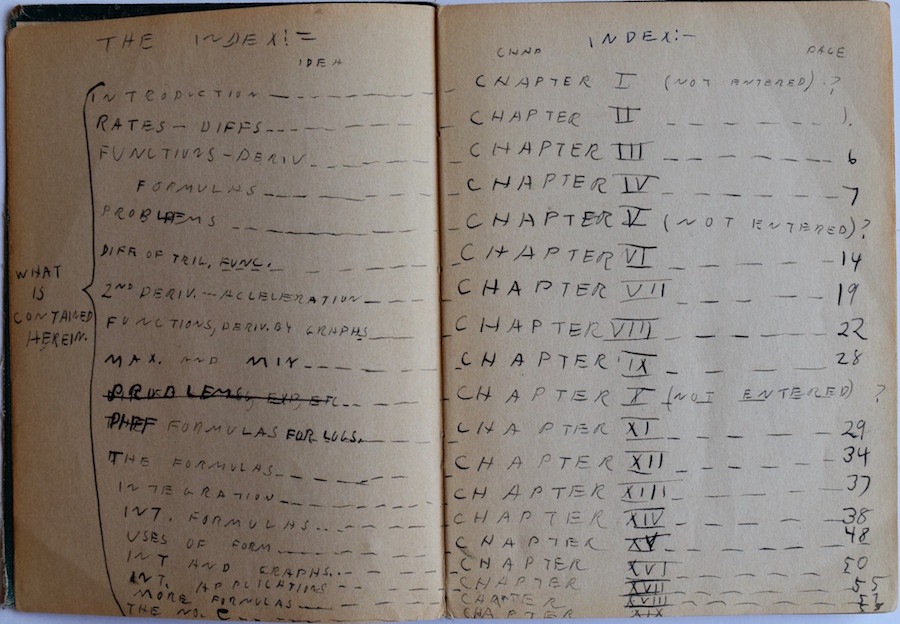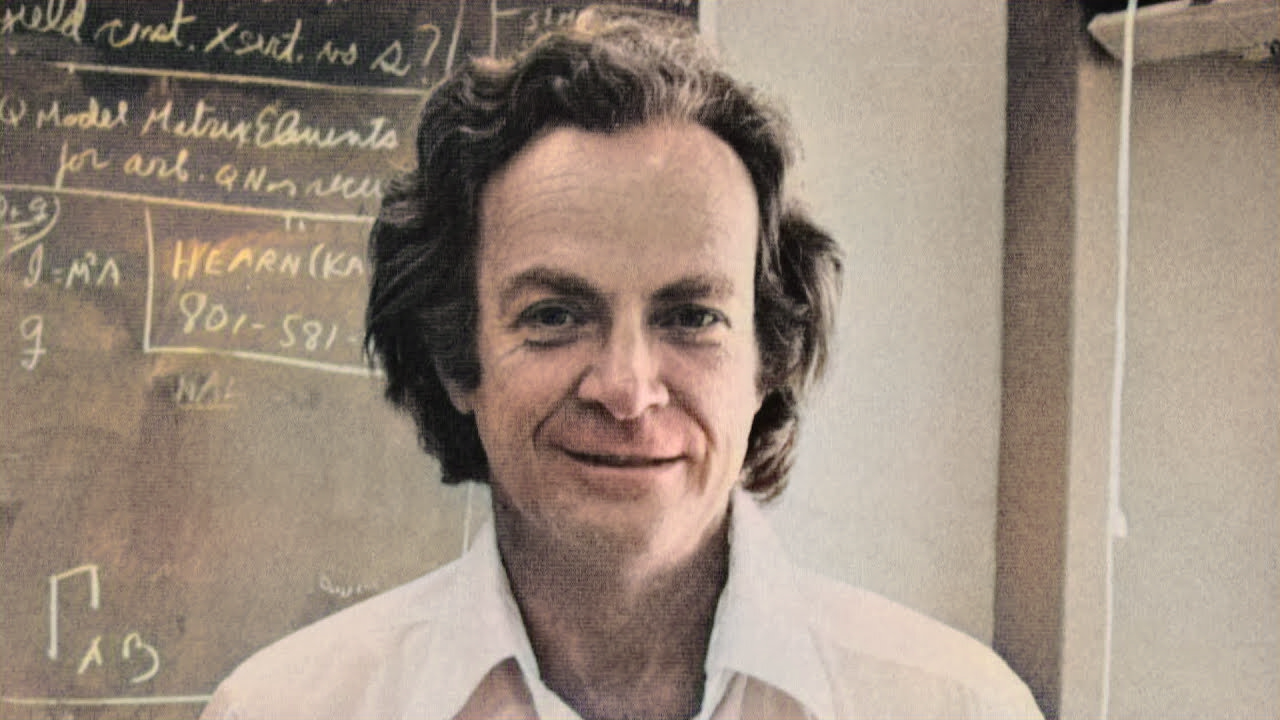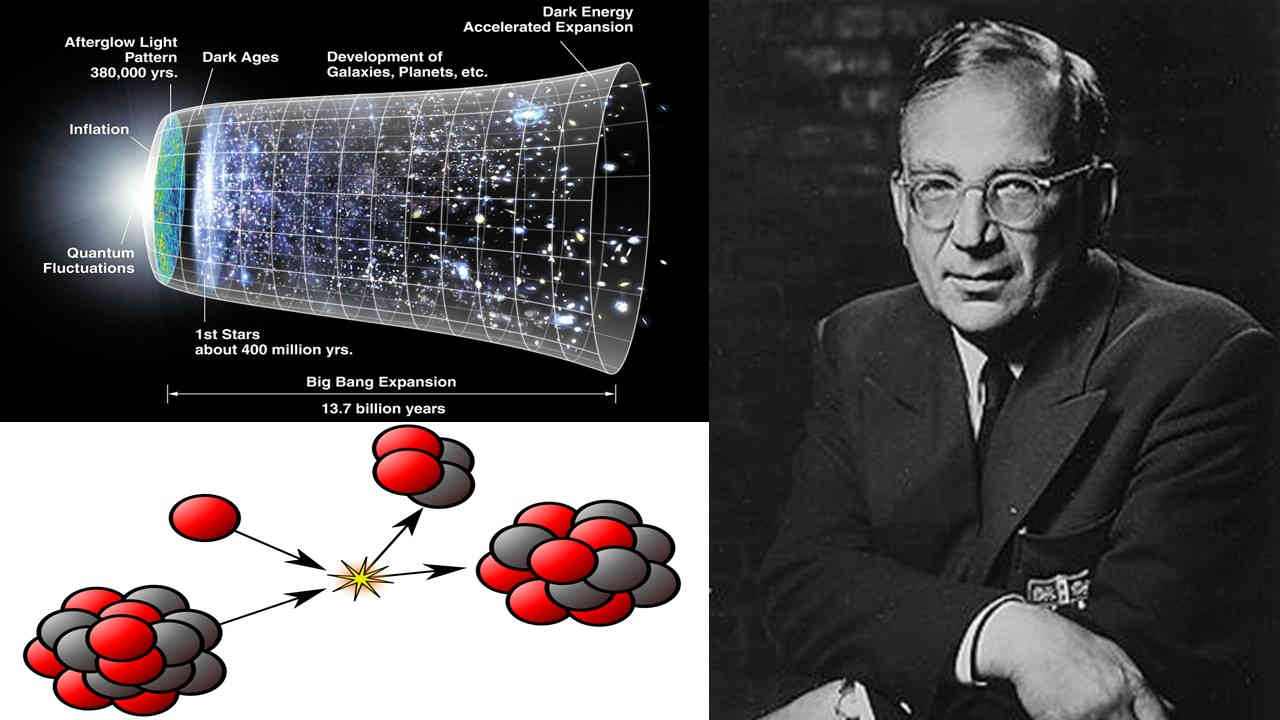
10 Nobel Prize Winning Families In Science

Maxwell, Great Physicist Who Died Too Soon

Early genius
Professorship
When Voyager spacecrafts went to space in the 1980s, they confirmed many of the conclusions that Maxwell had made over a century before.
Electromagnetism
Last years
Legacy
5 LGBTQ scientists who changed the world

According to a study, 40% LGBTQ scientists remain closeted at work. While we don't think this post will drastically change the mindset but it will hopefully serve as a conversation starter. Here is a list of LGBTQ scientists who changed the world.
Alan Turing
He was a British mathematician who is well known as the father of theoretical computer science and artificial intelligence.
His pivotal role in the second world war was documented in award winning movie The Imitation Game which starred Benedict Cumberbatch.
Turing was arrested by the police because of his homosexuality in 1952. He chose chemical castration over going to prison to focus on his work. However, he went into depression soon after.
Turing committed suicide in 1954 by eating an apple laced with Cyanide. It is said that the logo of Apple computers is a homage to Turing.

In 1999, Time magazine named Alan Turing as one of the 100 most important people of the twentieth century. Later on, an official apology by the British government was also made.
Isaac Newton
In 2005, schools across UK included lessons on modern as well as historical gay icons such as Freddie Mercury and Isaac Newton respectively.

While many biographers, including Richard Westfall in his 1000 page account of Newton, argue that Newton was homosexually inclined (focusing particularly on his close relationship with the Swiss mathematician Nicolas Fatio de Duillier) others are not so keen.
Still, people find it rather odd that a figure as popular as Newton may have died a virgin.
When asked to answer on Newton's personal life, a Quora user jokingly commented: Newton was closeted of course, as men of his time had to be. But he gave a big hint by shining a rainbow for all to see.
Leonardo Da Vinci
Renaissance society did not have the idea of firm sexual orientation that prevails today and many men were in practice bisexual.
According to Walter Isaacson's biography, Leonardo Da Vinci lived life as an openly gay man and while that is the generally accepted position, some say that the artist and inventor was celibate.
The only written evidence, so far as his personal life is concerned, is a 1476 document in which Leonardo was charged with sodomy involving a well-known male prostitute.
Since that date, much has been speculated and written about his presumed homosexuality and especially its role in his art.
Francis Bacon
He is known as father of modern science thanks to his invention of an empirical method of doing science which is called the scientific method. Historical notes, such as letters exchanged between Bacon's mother and brother, have shown that he was primarily attracted to men.
Sally Ride
She was an American astronaut and physicist who became the first American woman to go to space. Ride was only 32 years old at the time of this achievement and remains the youngest American to have been to space.
She was in a private relationship with former Tennis player and science writer Tam O'Shaughnessy. They were together for 27 years until Ride's death due to pancreatic cancer.
Which Books Richard Feynman Studied From?

We all know Richard Feynman as a Nobel Prize winner and a beloved teacher whose lectures on physics are enjoyed by millions of people. It would be interesting to know how Feynman became so imaginative and curious about the world. How did Feynman learn physics and mathematics? Let's find out in this post.
When asked in an interview, if anybody could become a physicist like him, Feynman candidly replied: "Of course. I was an ordinary person who studied hard. There are no miracle people. It just happens. They got interested in this thing and they learned all this stuff."
The young Richard Feynman was largely influenced by his father, Melville Feynman, who encouraged his son to ask questions and challenge orthodox thinking. Melville was a sales manager but he always wanted to become a scientist himself.
Feynman recalled: "The most important thing I found out from my father is that if you asked any question and pursued it deeply enough, then at the end there was a glorious discovery of a general and beautiful kind."
Feynman also learned from his father the difference between knowing and understanding. For instance, you can know the name of a bird in all the languages of the world, but when you're finished, you'll know absolutely nothing whatever about the bird.
Feynman goes on to comment: "I don't know what is the matter with people: they don't learn by understanding; they learn by some other way – by rote or something. Their knowledge is so fragile."
When Feynman found a subject which interested him, he was not the kind to wait for the right teacher to come along; Feynman was determined to master the topic by himself. This is how he practiced early on the art of teaching.
For example, Feynman self-studied calculus at the age of 14 by reading Calculus for the practical man. This and other books written by James Edgar Thompson, such as Algebra for the practical man intrigued him.
 |
| Table of contents. Picture credit: Melinda Baldwin |
Einstein's letter sold for $1.2 million at auction

For example: In an atomic bomb, uranium is transformed into krypton and barium. Their combined mass is slightly less than the mass of the original uranium. Though the difference is small, by virtue of speed of light, the energy which is released is enormous.
Who discovered that we are made from star stuff?

 |
| Carl Sagan and Hans Bethe share the stage at Cornell |
Their common interests in science and politics brought them even closer. Bethe was also a fan of Sagan's 1980 show Cosmos: A personal voyage. In one of the episodes, when Sagan said "We are made of star stuff", he immortalized Bethe's work in television history.
7 Lessons To Learn From Richard Feynman

1. Pursue a hobby
2. Explore the world
3. Carve your own path
4. Keep learning
5. You only live once
6. Blind belief is dangerous
7. Enjoy the process
Engineer Who Won The Nobel Prize Twice In Physics

 |
| Replica of the first transistor |
If you make a list of people – politicians, scientists, sportspersons, etc – who have had the greatest impact on the 20th century, John's name would certainly make it to the top ten. Because, without his work, none of the modern technologies would be possible.
Oppenheimer Helped Feynman Meet His Hero

Their first meeting in 1946 was very brief and unproductive. Dirac asked: "Do you have an equation?" Feynman being a beginner at the time didn't and so Dirac walked away after a silence.
Who was Joseph Fourier?

10 Albert Einstein Quotes To Succeed In Life

Apart from making groundbreaking discoveries in physics, Albert Einstein also played the role of a motivational guru quite often. So, following are 10 Einstein quotes that will change your life.
1. Everyone sits in the prison of his own ideas; he must burst it open, and that in his youth, and try to test his ideas on reality. [Meaning: Don't keep delaying what you really want to do. Try it out for who knows what is possible?]
2. Joy in looking and comprehending is nature's most beautiful gift. Never lose a holy curiosity for it has its own reason for existing. [Meaning: Every child is born curious. Keep your mind open to new adventures.]
3. Try to become not a man of success, but try rather to become a man of value. Because, only a life lived for others is a life worthwhile. [Meaning: Our relationships are just as important as goals.]
4. Life is like riding a bicycle. In order to keep your balance you must keep moving. [Meaning: Enjoy the ride. Don't be afraid to fall.]
5. Don't think about why you question, simply don't stop questioning. Don't worry about what you can't answer, and don't try to explain what you can't know. [Meaning: Curiosity is a quality one must never let go of. Ask questions as they will lead you to life's answers.]
6. Blind obedience to authority is the greatest enemy of truth. [Meaning: Don't follow people blindly.]
7. The value of a college education is not the learning of many facts but the training of the mind to think. [Meaning: Learn how to think, not what to think.]
8. I never think of the future. It comes soon enough. [Meaning: Live in the moment. Act now.]
9. The mediocre mind is incapable of understanding the man who refuses to bow blindly to conventional prejudices and chooses instead to express his opinions courageously and honestly. [Meaning: Break the mould you were born into.]
10. If A is success in life, then A = x + y + z. Work is x, play is y and z is keeping your mouth shut. [Meaning: Work hard. Play hard. Stay humble.]
Five Interesting Facts About George Gamow









 Physics, astronomy and science history blog for students
Physics, astronomy and science history blog for students